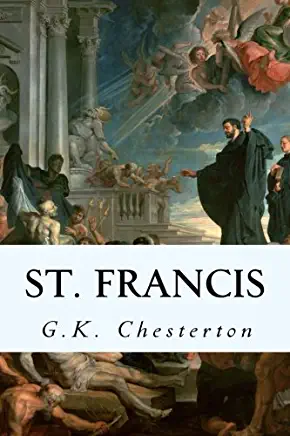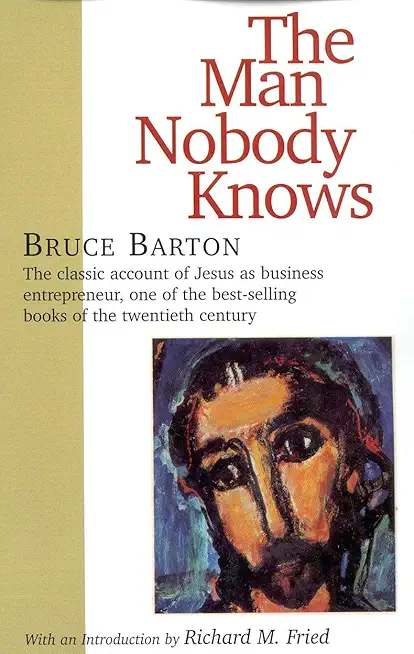
description
2St. Francis, by G.K. Chesterton, is a sketch of St. Francis of Assisi in modern English may be written in one of three ways. Between these the writer must make his selection; and the third way, which is adopted here, is in some respects the most difficult of all. At least, it would be the most difficult if the other two were not impossible. Saint Francis of Assisi (Italian: San Francesco d'Assisi), born Giovanni di Pietro di Bernardone, informally named as Francesco (1181/1182 - 3 October 1226), was an Italian Catholic friar, deacon and preacher. He founded the men's Order of Friars Minor, the women's Order of Saint Clare, the Third Order of Saint Francis and the Custody of the Holy Land. Francis is one of the most venerated religious figures in history. Pope Gregory IX canonized Francis on 16 July 1228. Along with Saint Catherine of Siena, he was designated Patron saint of Italy. He later became associated with patronage of animals and the natural environment, and it became customary for Catholic and Anglican churches to hold ceremonies blessing animals on his feast day of 4 October. He is often remembered as the patron saint of animals. In 1219, he went to Egypt in an attempt to convert the Sultan to put an end to the conflict of the Crusades. By this point, the Franciscan Order had grown to such an extent that its primitive organizational structure was no longer sufficient. He returned to Italy to organize the Order. Once his community was authorized by the Pope, he withdrew increasingly from external affairs. Francis is also known for his love of the Eucharist. In 1223, Francis arranged for the first Christmas live nativity scene. According to Christian tradition, in 1224 he received the stigmata during the apparition of Seraphic angels in a religious ecstasy making him the first recorded person in Christian history to bear the wounds of Christ's Passion. He died during the evening hours of 3 October 1226, while listening to a reading he had requested of Psalm 142
member goods
No member items were found under this heading.
listens & views

NEW YORK DANCE CLASSICS 2: ...
by NEW YORK DANCE CLASSICS 2: 80'S DANCE MUSIC / VAR
COMPACT DISCout of stock
$14.99
Return Policy
All sales are final
Shipping
No special shipping considerations available.
Shipping fees determined at checkout.






